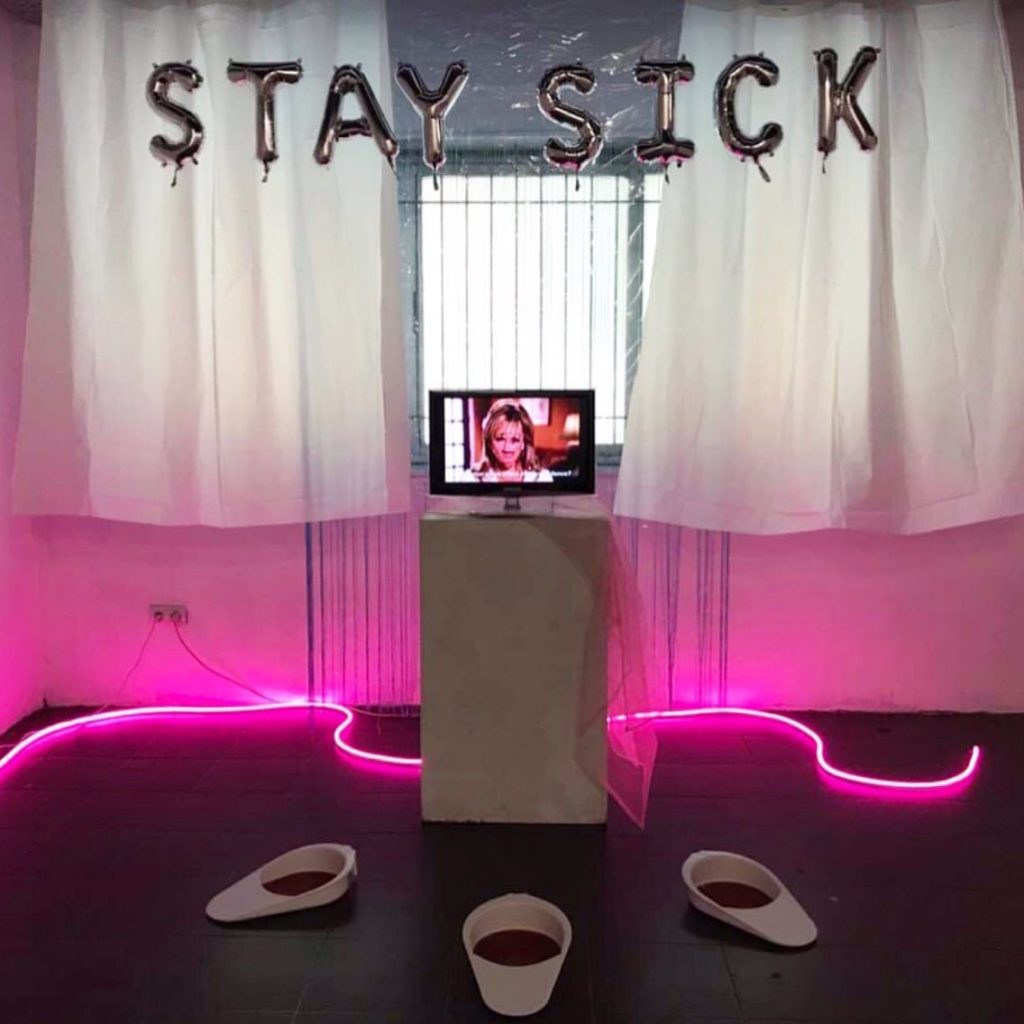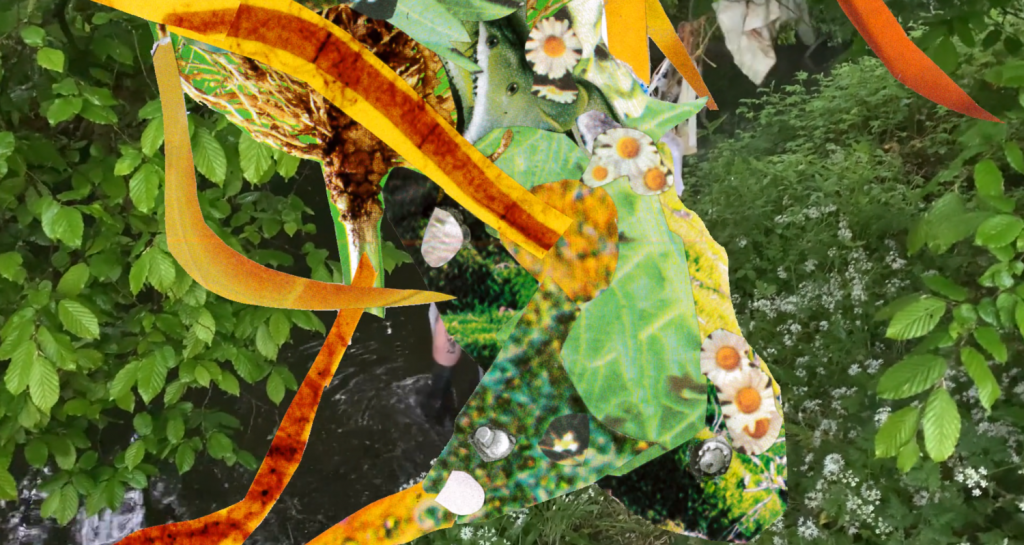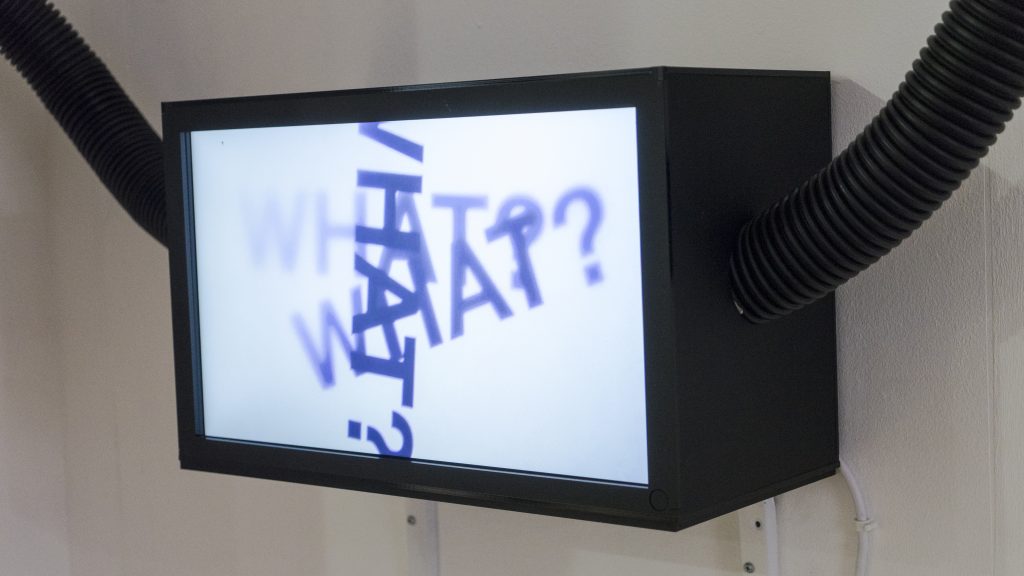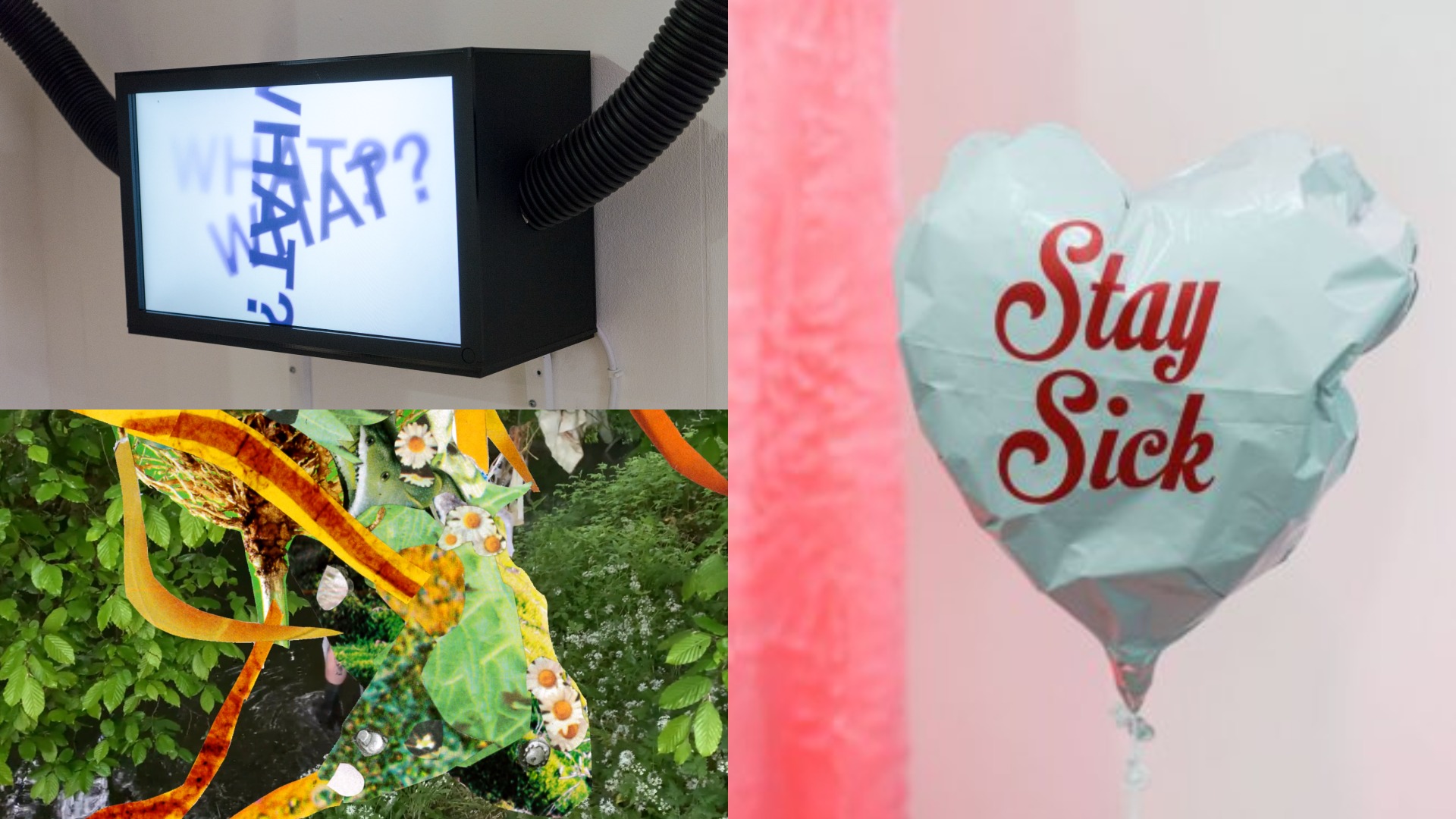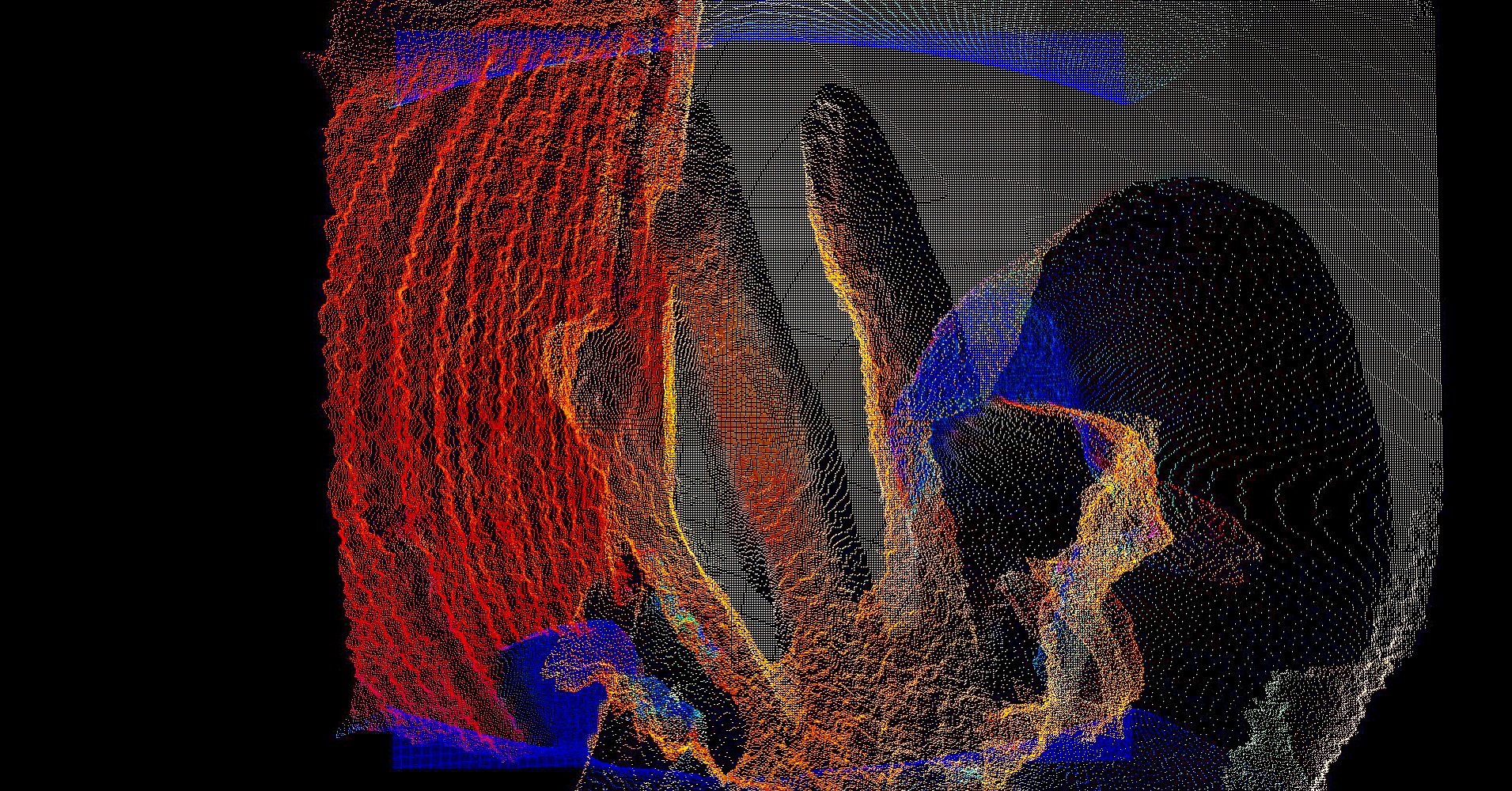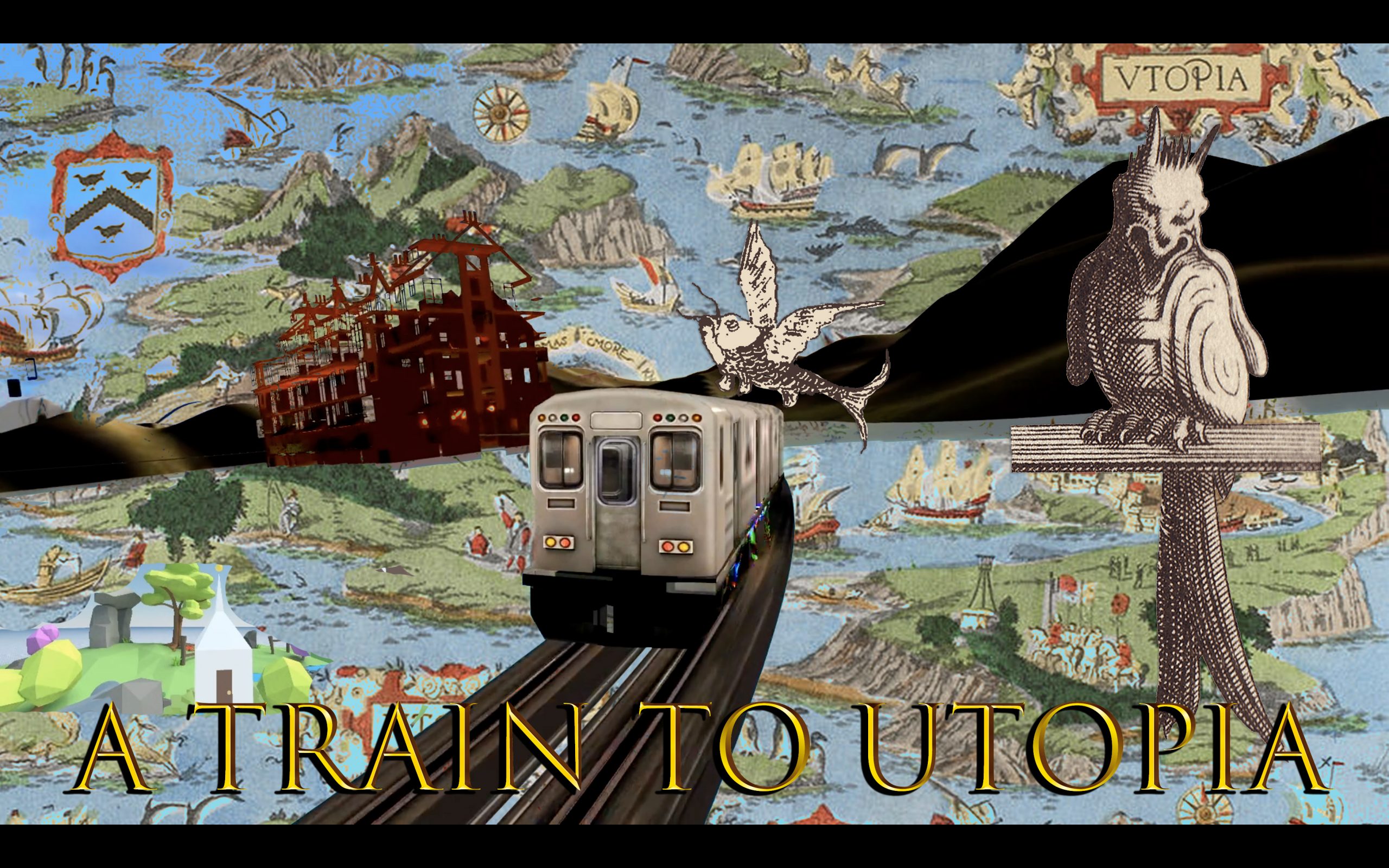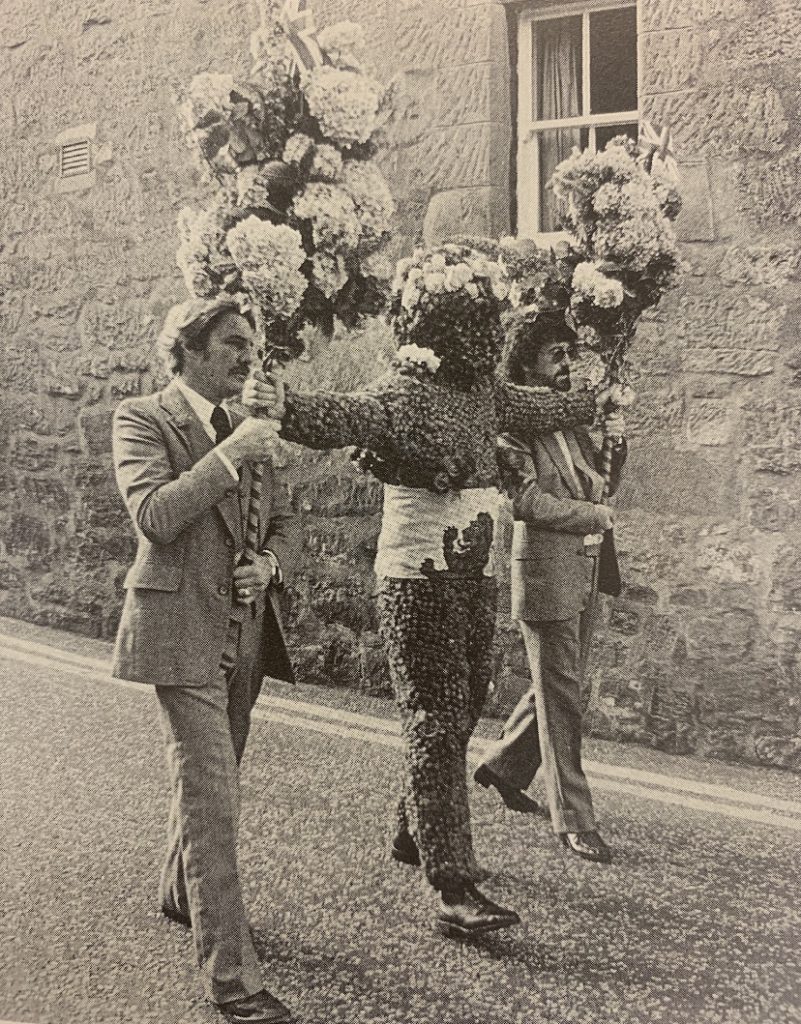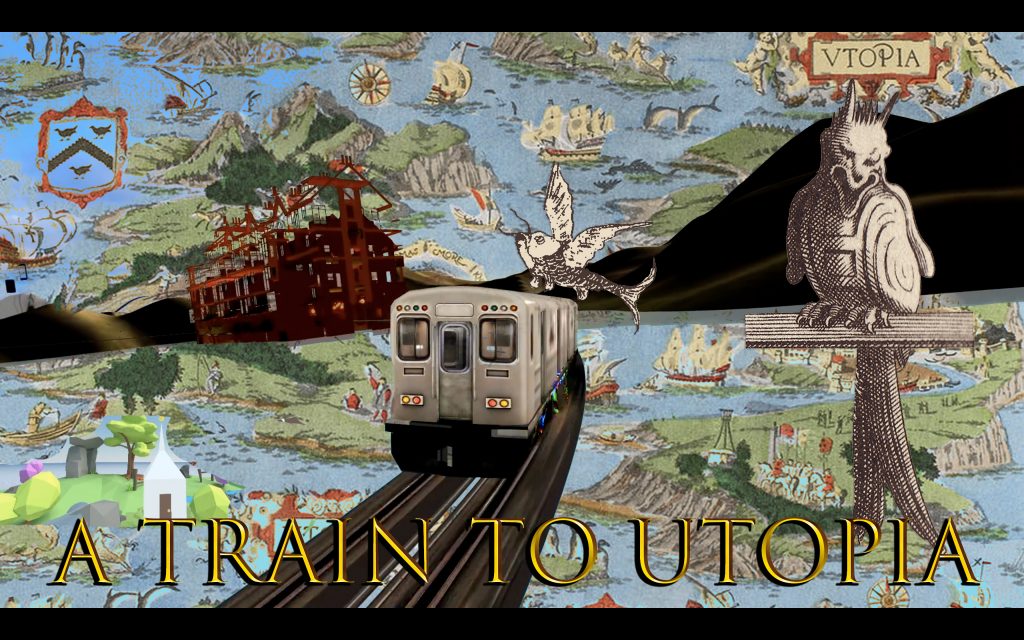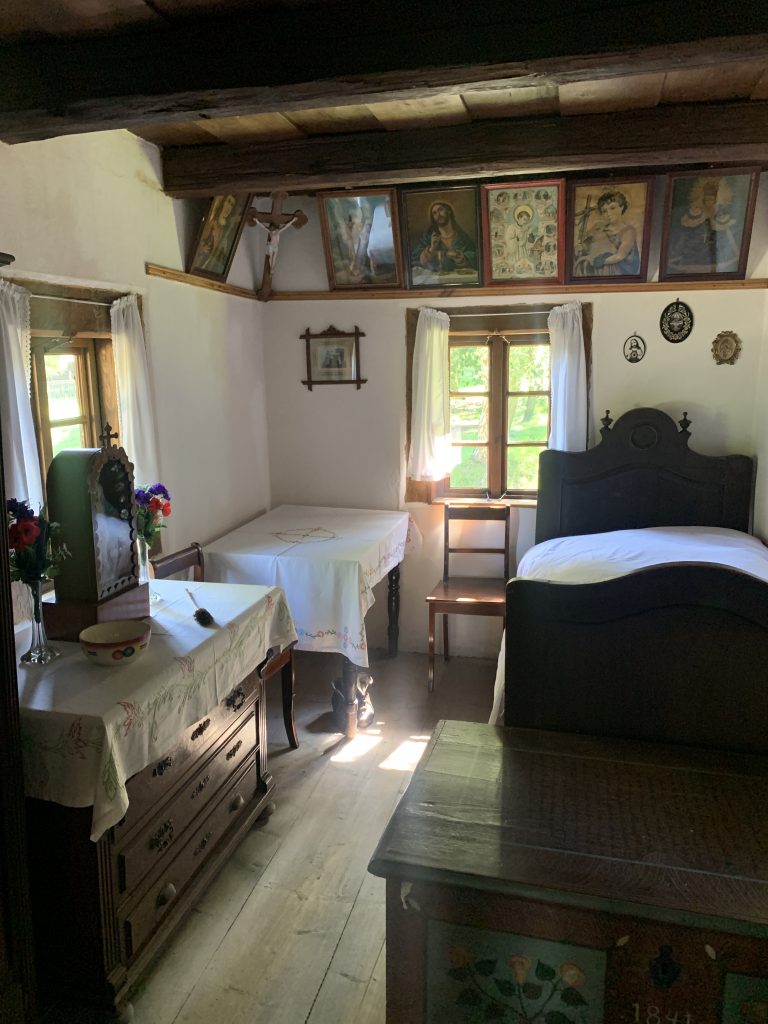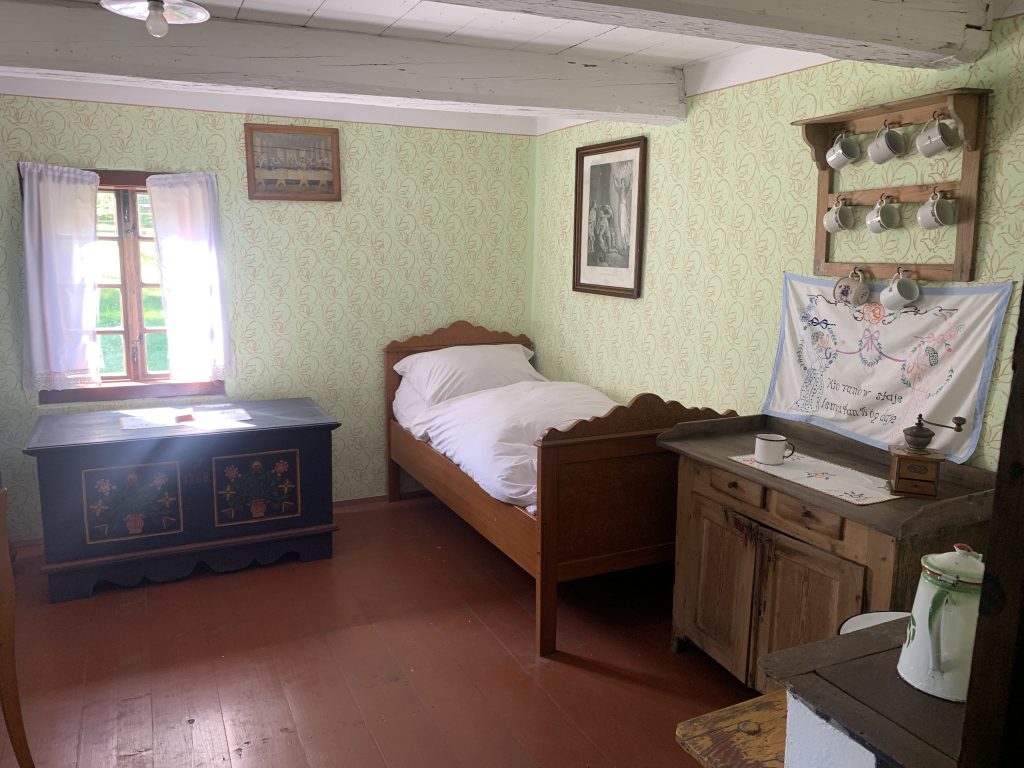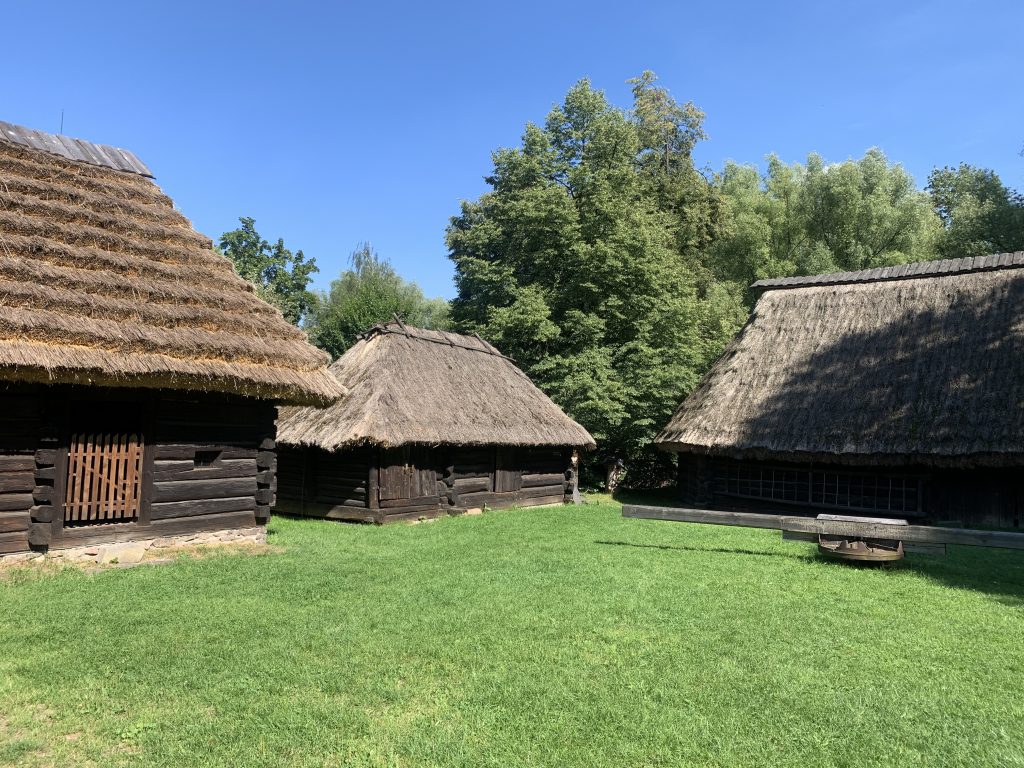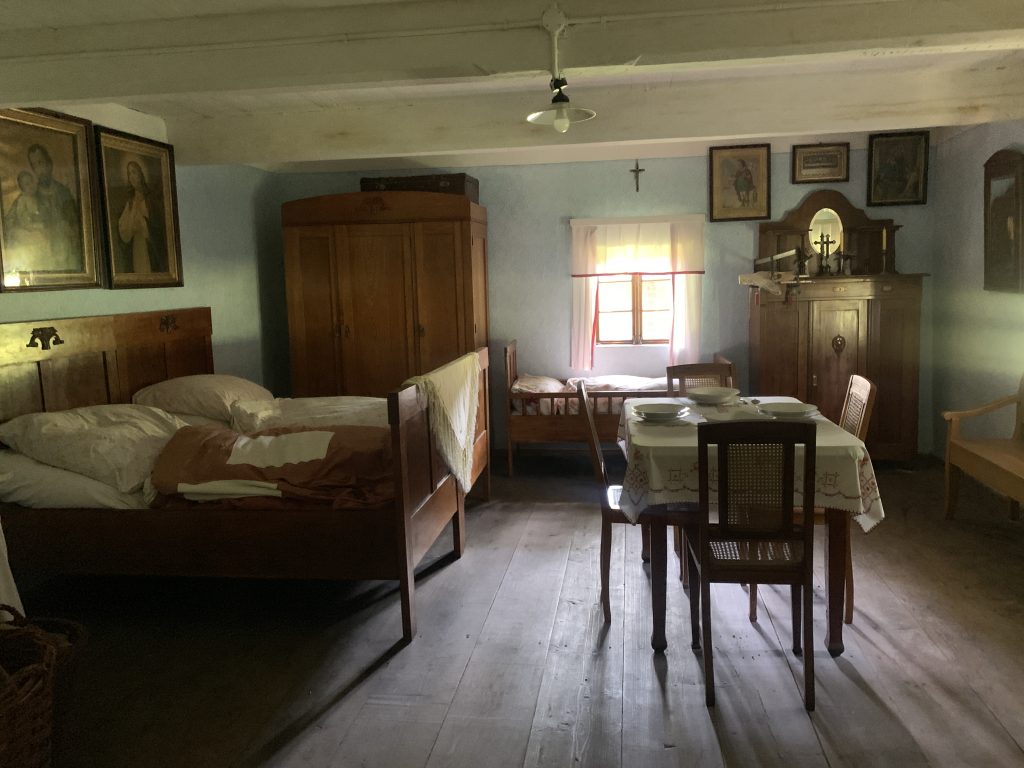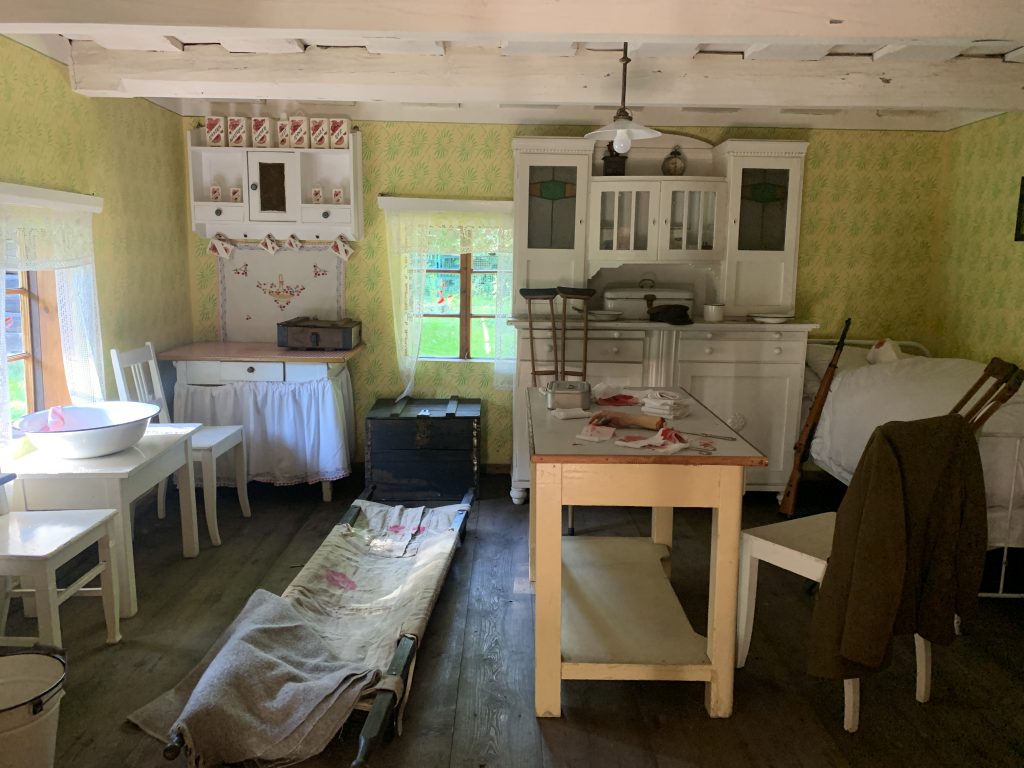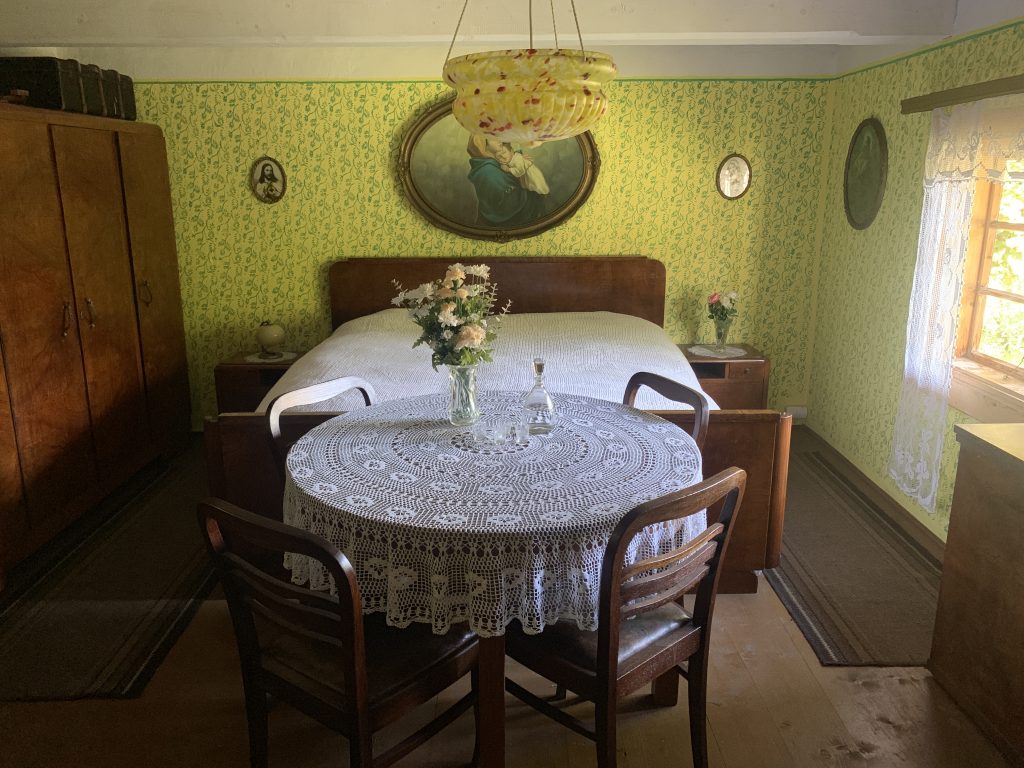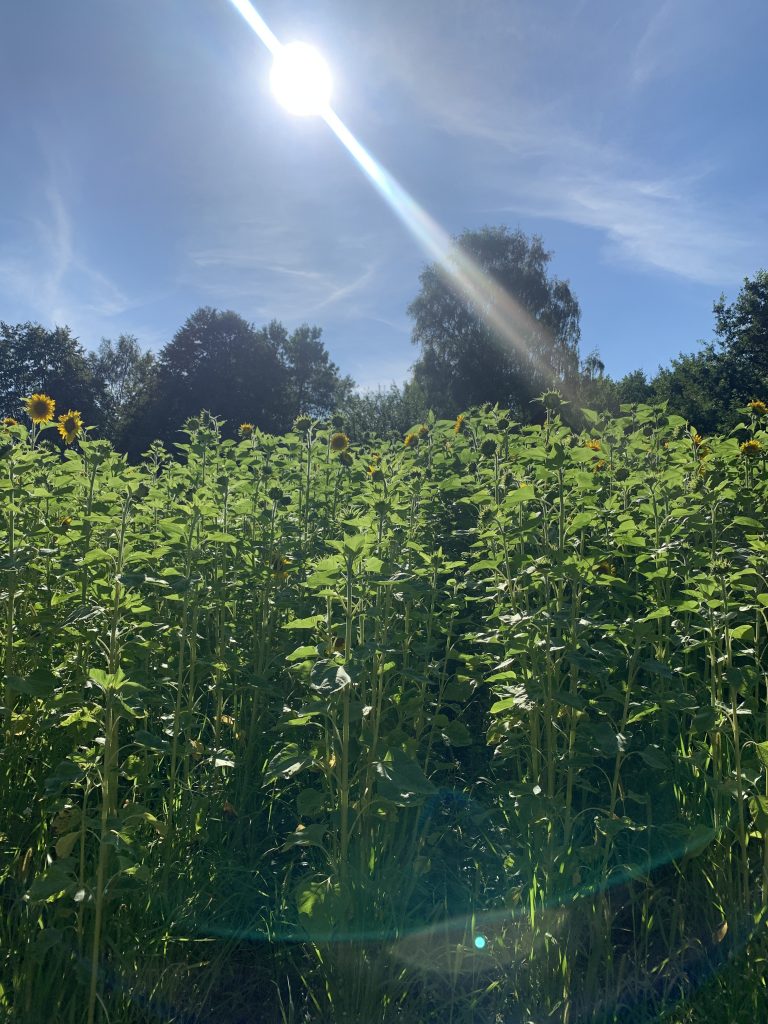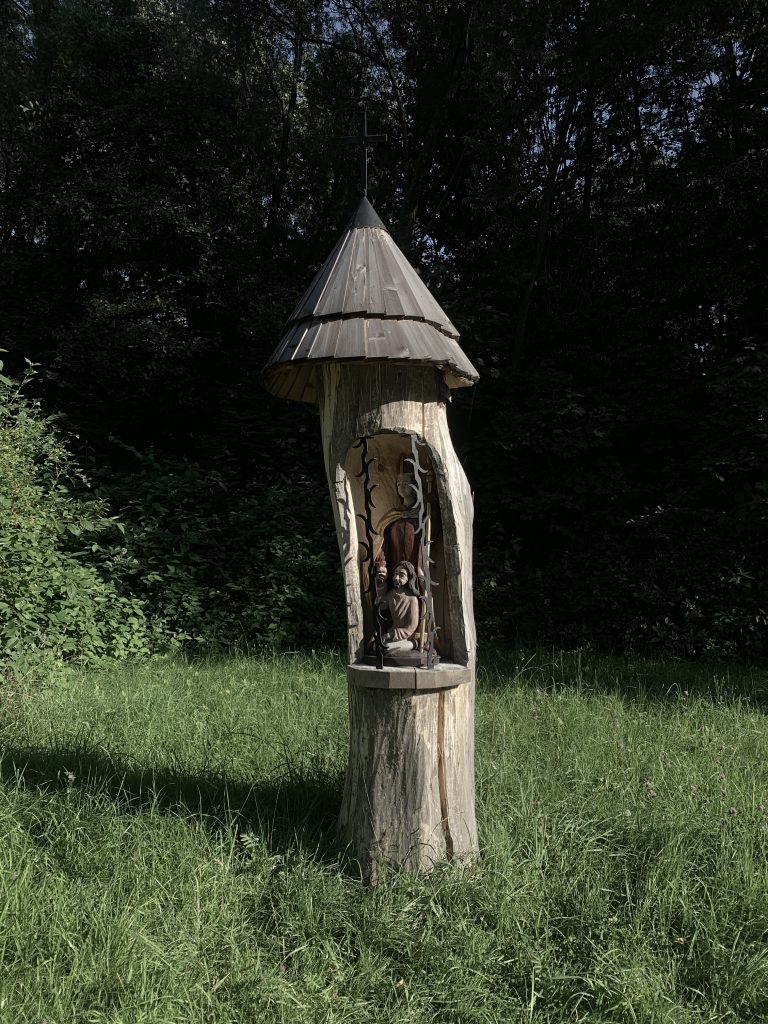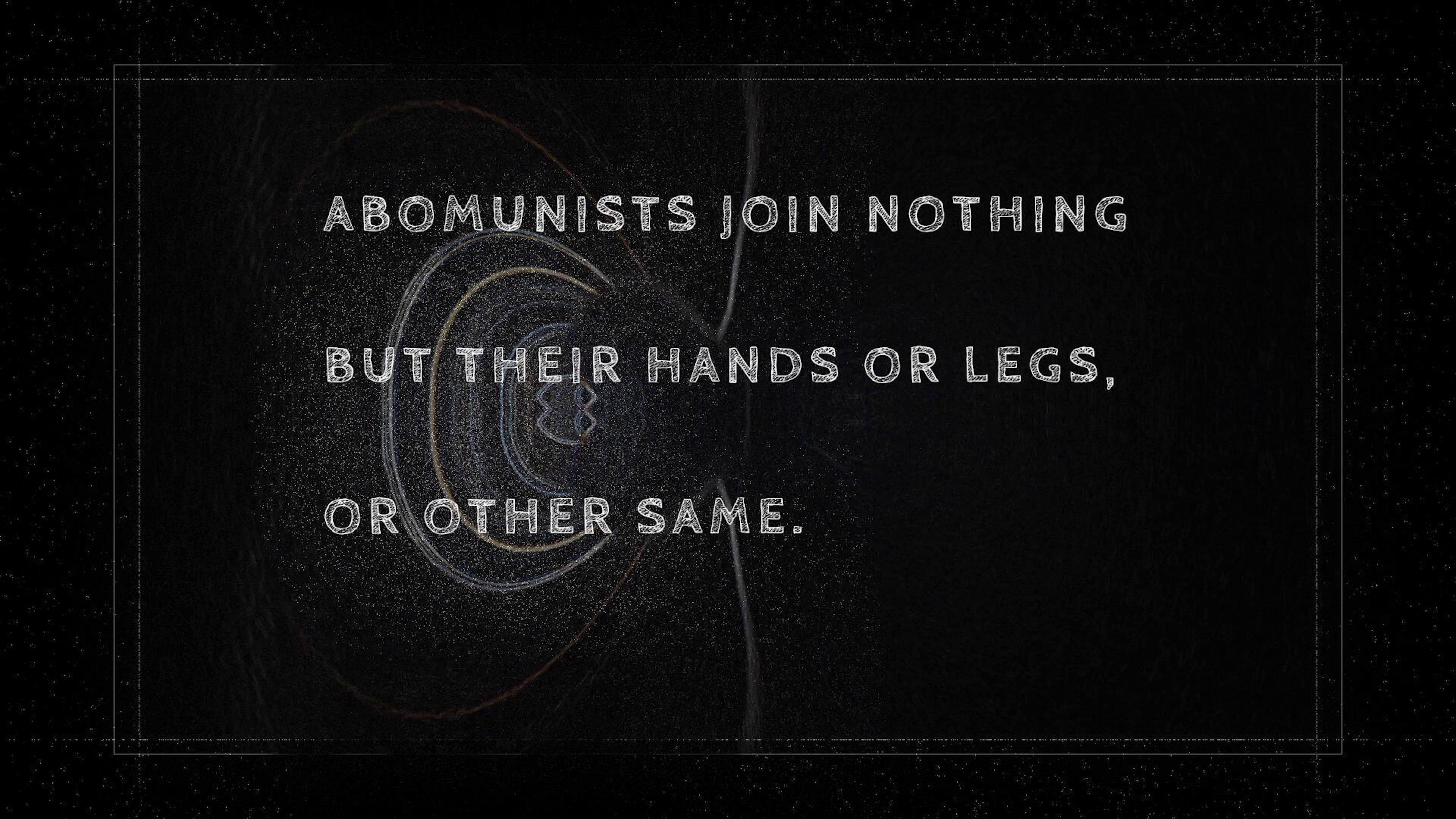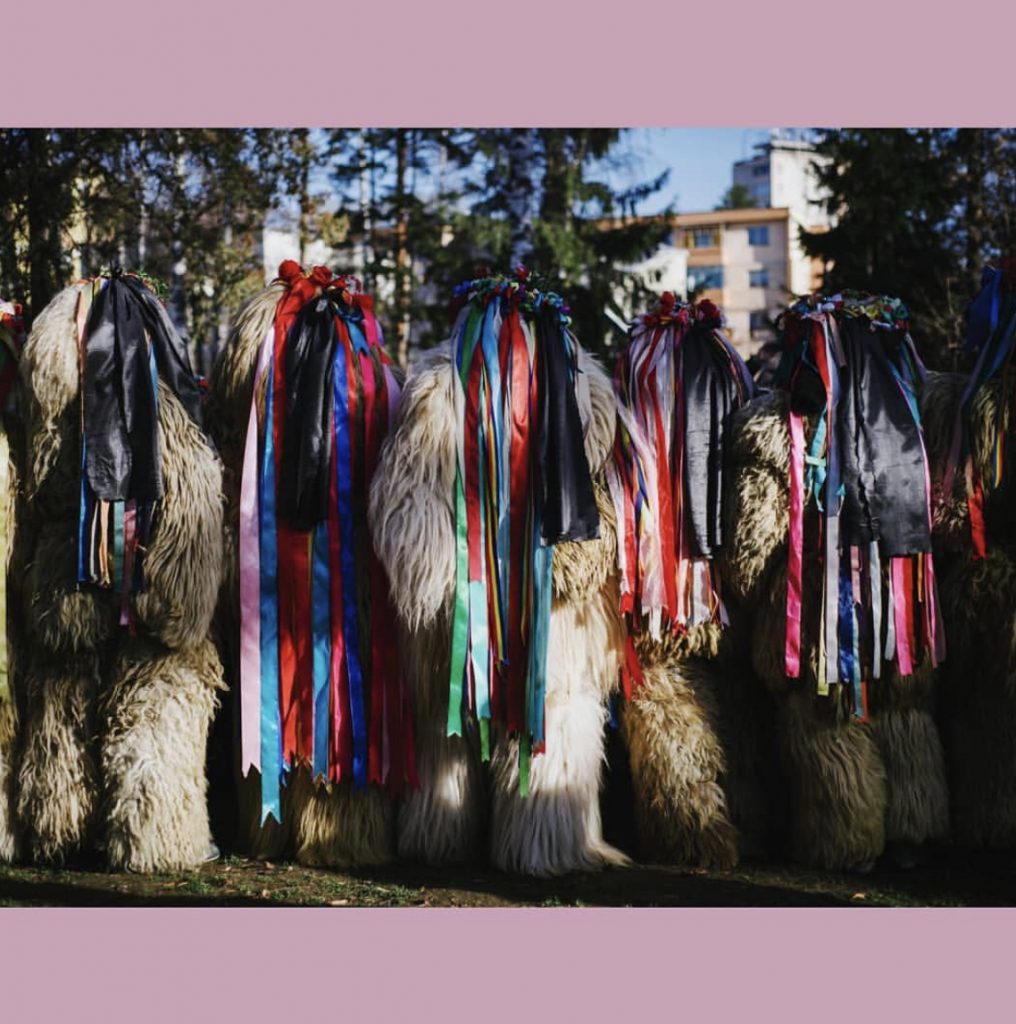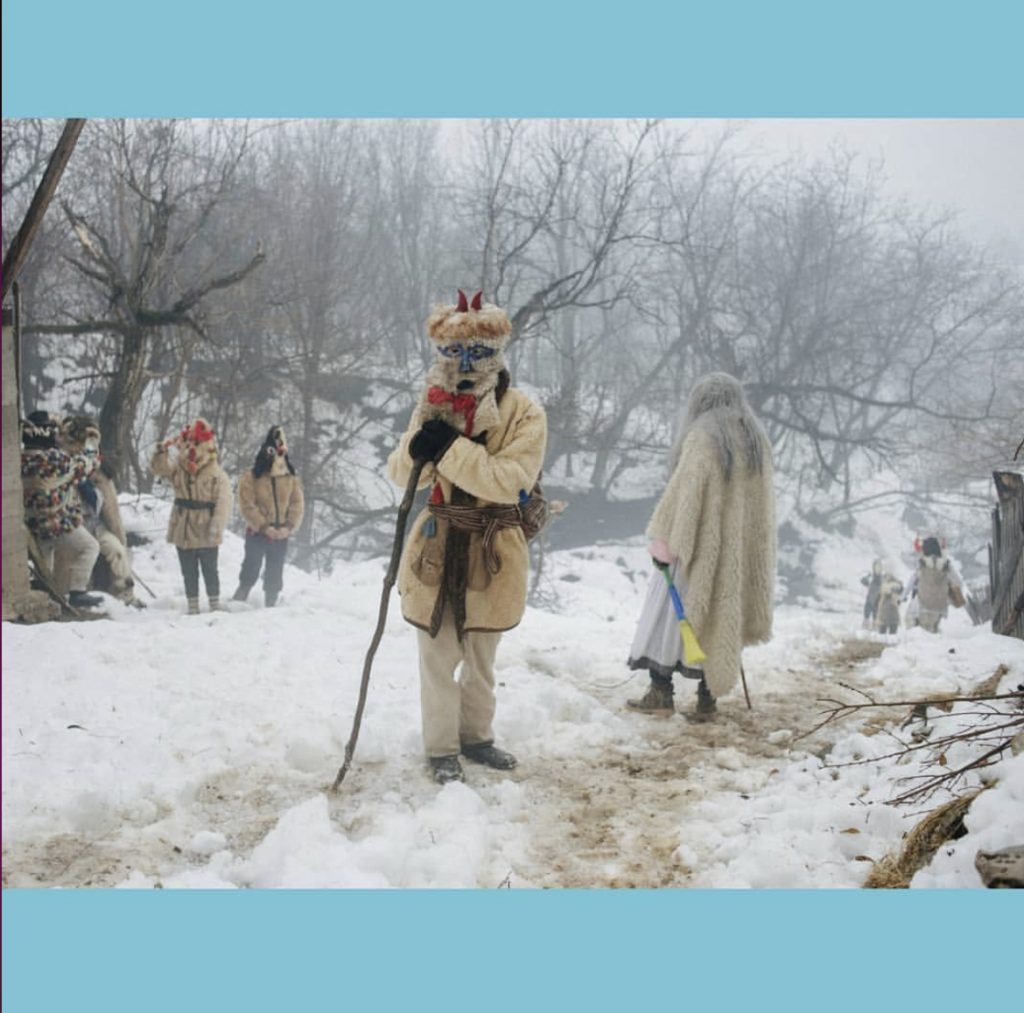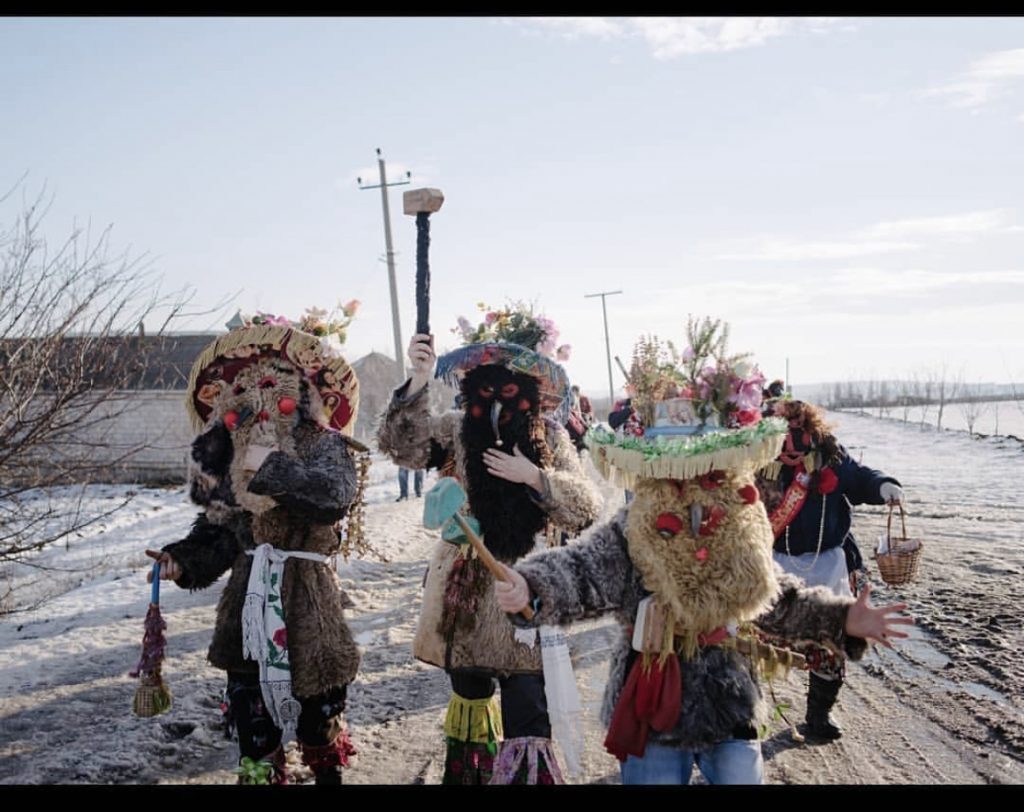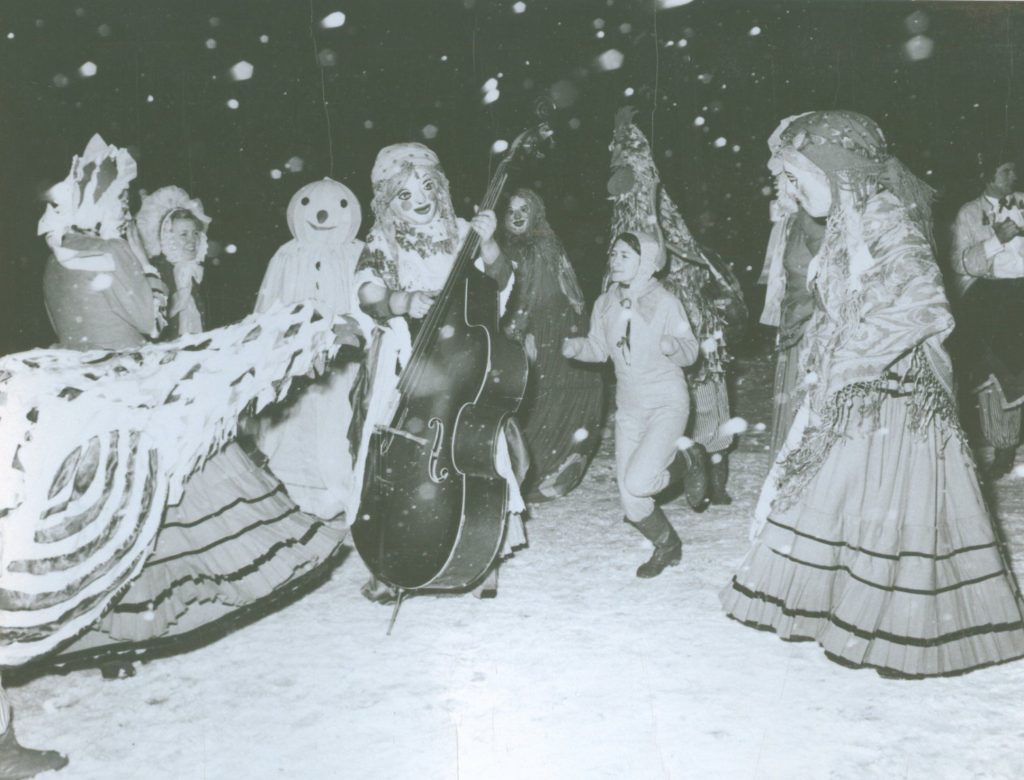Jamie Wyld (Vital Capacities’ director): Thanks for being part of the Vital Capacities residency programme! Can you say a little about yourself and your work, perhaps in relation to what you’re thinking about doing during the residency?
Thanks for inviting me. I am a sick and disabled artist, researcher and community cultural worker. My practice challenges the preconceptions of what it is to be sick and disabled. It acts as a reminder that sick and disabled bodies are actively political even in states of what might look like physical inactivity to someone who is able. In reality, ‘resting’ isn’t really rest if you don’t have a choice.
Continue reading “Interview with resident artist Laura Lulika”